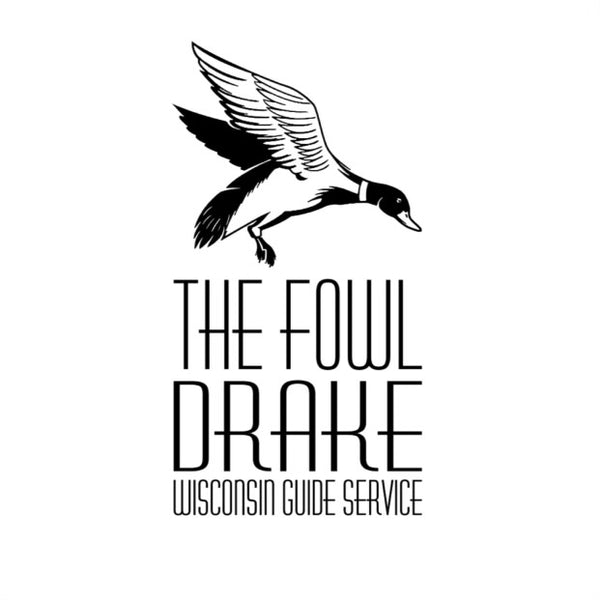Waterfowl Reproduction
Waterfowl reproduction is an important aspect of the life cycle of these birds. In this blog post, we will discuss some of the key factors related to waterfowl reproduction.
Breeding Season
Waterfowl breeding season typically occurs in the spring, although the exact timing can vary depending on the species of bird and their geographic location. During this time, male birds will engage in displays of courtship to attract a mate.
Nesting
After mating, waterfowl will typically build a nest in a concealed location near water. The nest may be made from a variety of materials, including grass, leaves, and feathers. Female birds will lay their eggs in the nest, with the number of eggs varying depending on the species of bird.
Incubation
Waterfowl eggs are incubated by one or both parents, with the length of incubation varying depending on the species of bird. During this time, the parents will take turns incubating the eggs and protecting the nest from predators.
Hatching
Once the eggs have hatched, the baby birds, or ducklings, will be covered in down feathers and will be dependent on their parents for food and protection. The parents will lead the ducklings to the water, where they will learn to swim and feed on their own.
Fledging
As the ducklings grow and develop, they will begin to fledge, or develop feathers that will allow them to fly. Once they are able to fly, the ducklings will leave their parents and begin their own independent lives.
Conclusion
Waterfowl reproduction is an important part of the life cycle of these birds. By understanding the breeding season, nesting, incubation, hatching, and fledging processes, we can develop a better appreciation for these remarkable creatures. Remember to always follow all state and federal hunting regulations, and to practice responsible and ethical hunting practices. Happy hunting and birdwatching!

